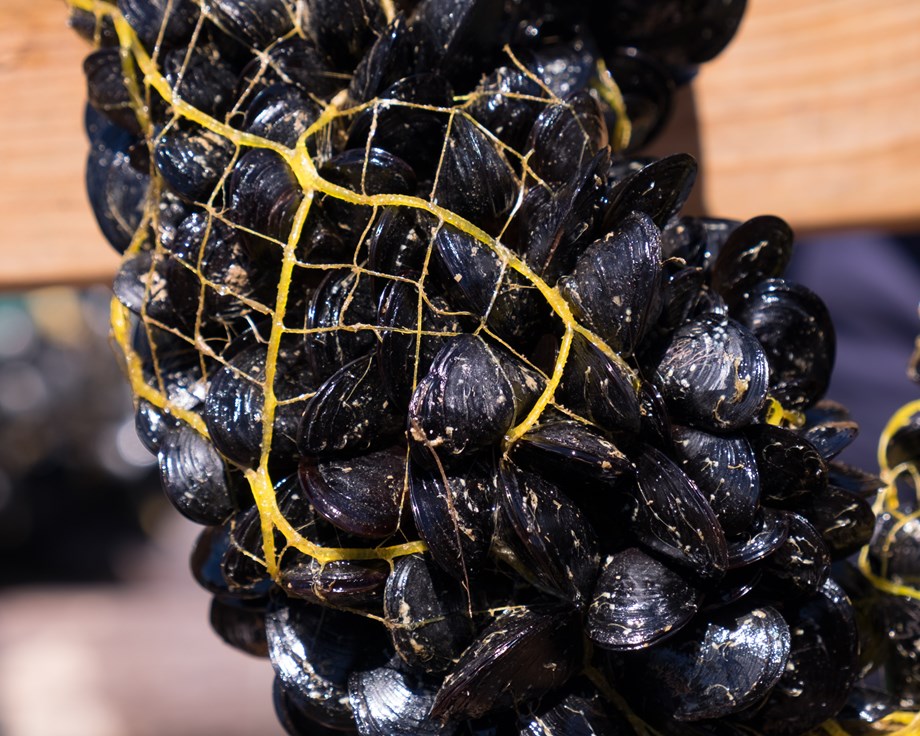ShellSim
ShellSIM has been designed to resolve the complex set of feedbacks, both positive and negative, of suspension-feeding shellfish aquaculture interaction with ecosystem processes. These range from stimulation of primary production by the nitrogen excreted from shellfish to the increases in oxygen demand from shellfish detritus production. In addition, the model can simulate the effect of culture practices on the environment as well as on the financial exploitation approach. This means ShellSIM can evaluate the effects of environmental change on shellfish growth, condition and population dynamics; define optimal culture practices given an environmental setting, estimate the potential environmental carrying capacities for natural and cultured shellfish; quantify both positive and negative influences of shellfish upon ecological processes and environmental status (i.e. water quality) and evaluate financial considerations for profit maximisation and aquaculture insurance.
The model was first developed by Tony Hawkins while working at Plymouth Marine Laboratoty (PML). PML retains the IP associated with ShellSIM (http://www.shellsim.com).

